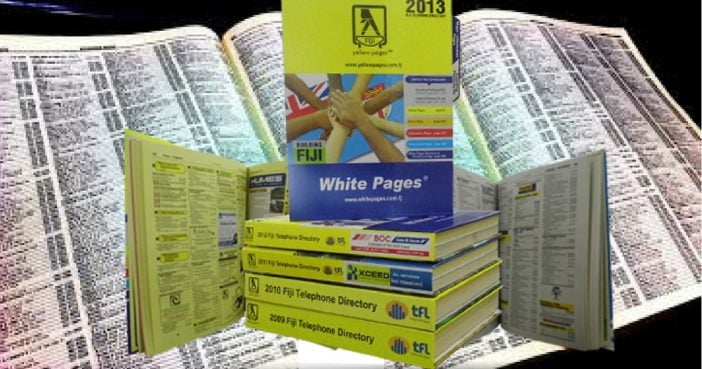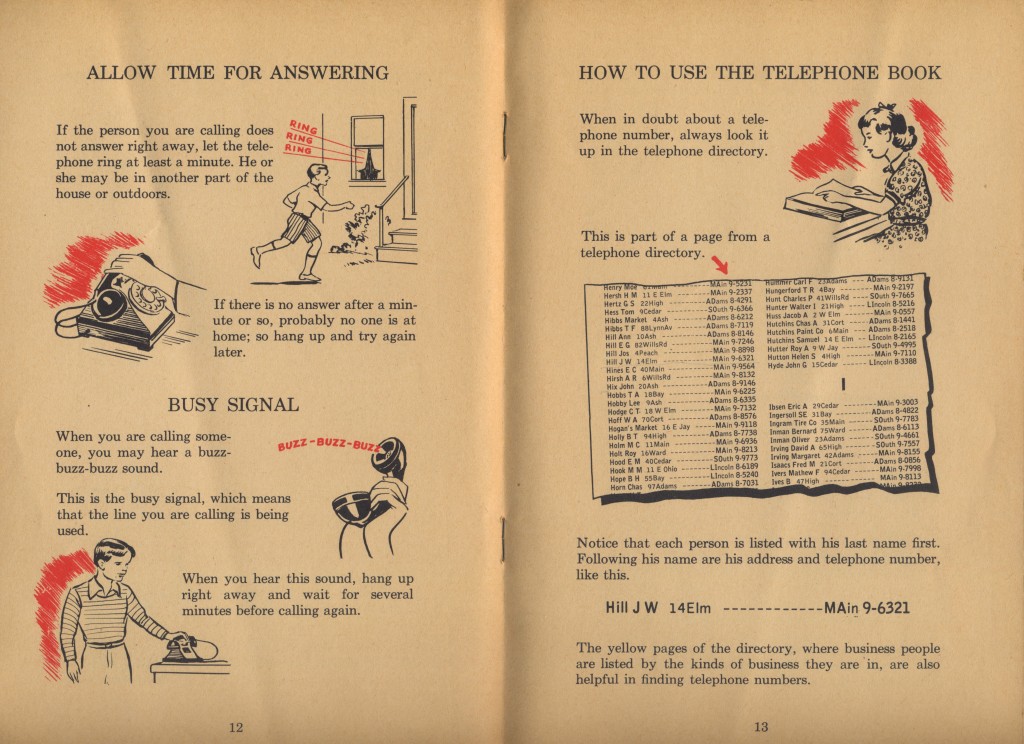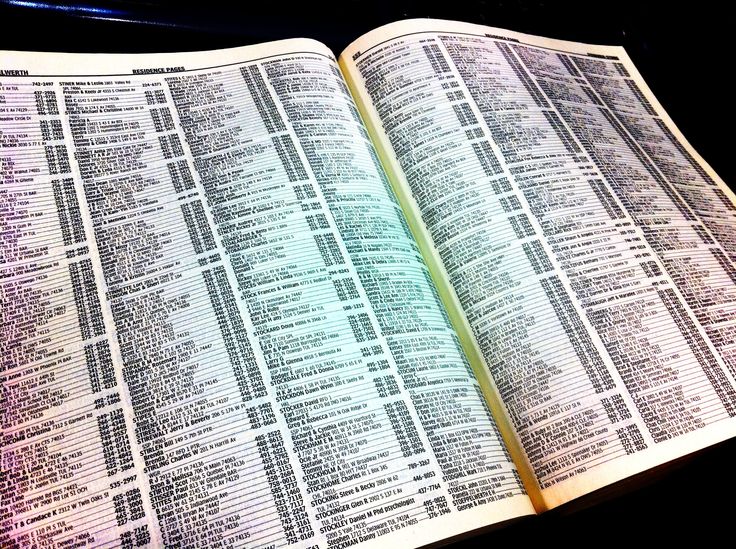
A telephone directory, also known as a telephone book, telephone address book, phone book, or the white/yellow pages, is a listing of telephone subscribers in a geographical area or subscribers to services provided by the organization that publishes the directory. Its purpose is to allow the telephone number of a subscriber identified by name and address to be found.
The advent of the Internet and smartphones in the 21st century greatly reduced the need for a paper phone book. Some communities, such as Seattle and San Francisco, sought to ban their unsolicited distribution as wasteful, unwanted and harmful to the environment.
Subscriber names are generally listed in alphabetical order, together with their postal or street address and telephone number. In principle every subscriber in the geographical coverage area is listed, but subscribers may request the exclusion of their number from the directory, often for a fee; their number is then said to be “unlisted” (American English), “ex-directory” (British English), “private” or private number (Australia and New Zealand), or “non-published” (Canada).

A telephone directory may also provide instructions: how to use the telephone service, how to dial a particular number, be it local or international, what numbers to access important and emergency services, utilities, hospitals, doctors, and organizations who can provide support in times of crisis. It may also have civil defense or emergency management information. There may be transit maps, postal code/zip code guides, international dialing codes or stadium seating charts, as well as advertising.
In the US, under current rules and practices, mobile phone and voice over IP listings are not included in telephone directories. Efforts to create cellular directories have met stiff opposition from several fronts, including those who seek to avoid telemarketers.
A telephone directory and its content may be known by the color of it’s paper
- White pages generally indicate personal or alphabetic listings.
-
Pinterest - Yellow pages, golden pages, A2Z, or classified directory is usually a “business directory”, where businesses are listed alphabetically within each of many classifications (e.g., “lawyers”), almost always with paid advertising.
- Grey pages, sometimes called a “reverse telephone directory”, allowing subscriber details to be found for a given number. Not available in all jurisdictions. (These listings are often published separately, in a city directory, Polk directory, or under another name, for a price, and made available to commercial and government agencies.)
- Other colors may have other meanings; for example, information on government agencies is often printed on blue pages or green pages.
History of the telephone book “NEXT”

